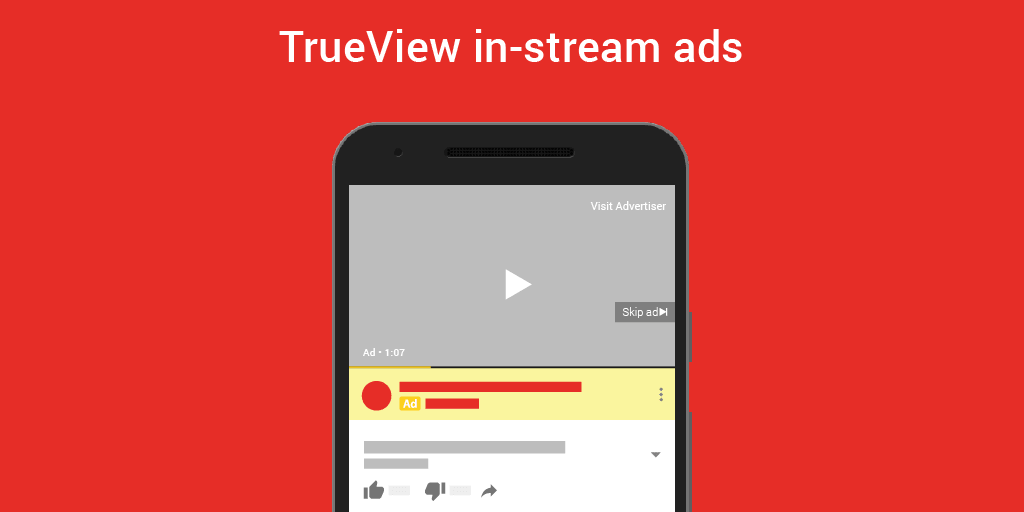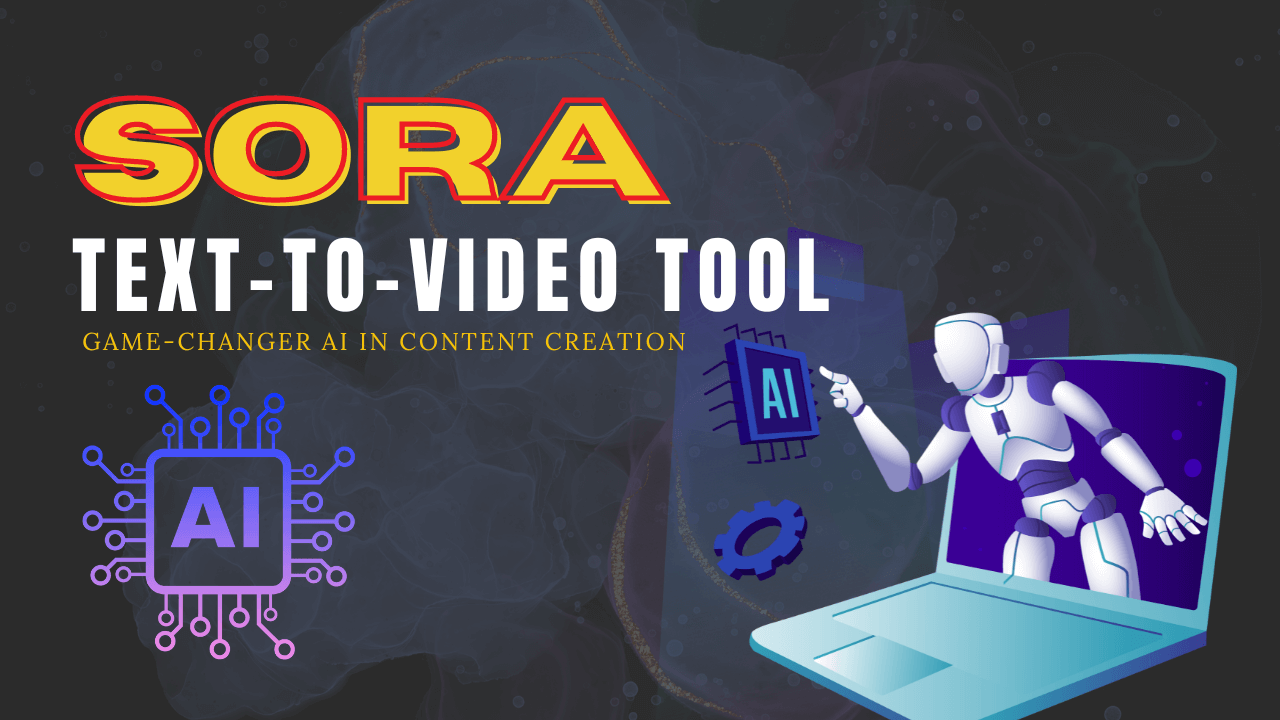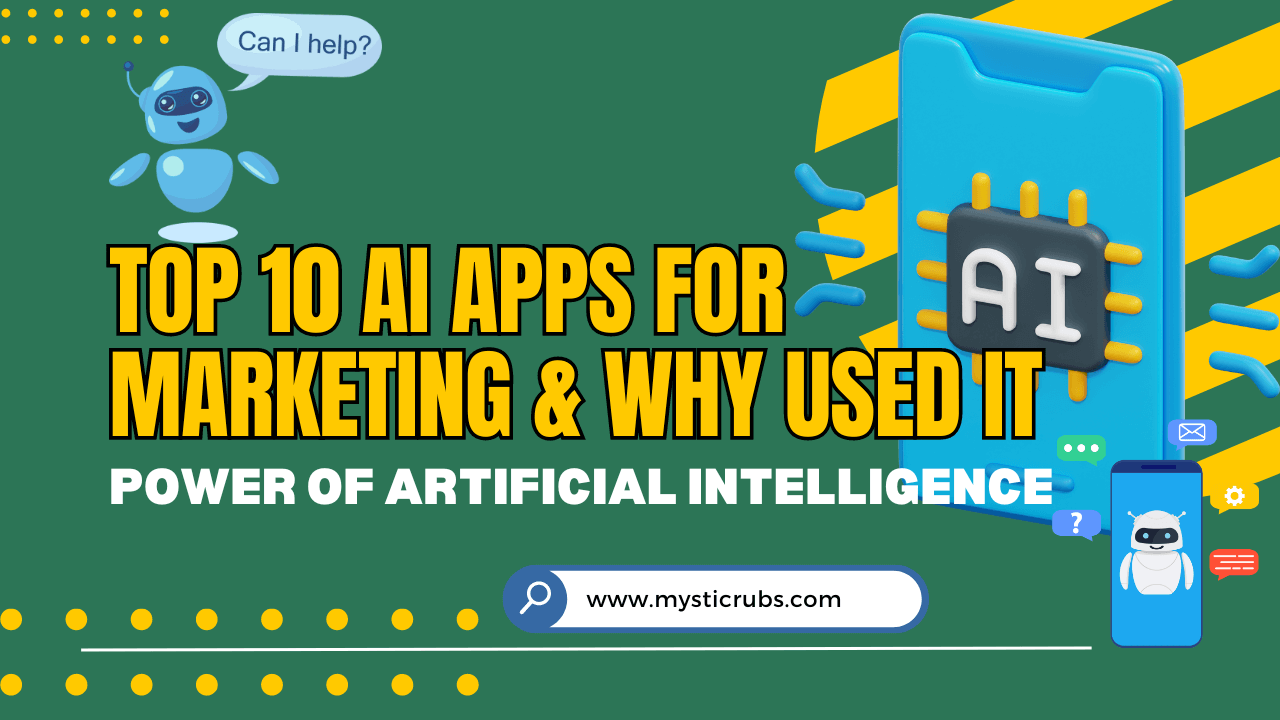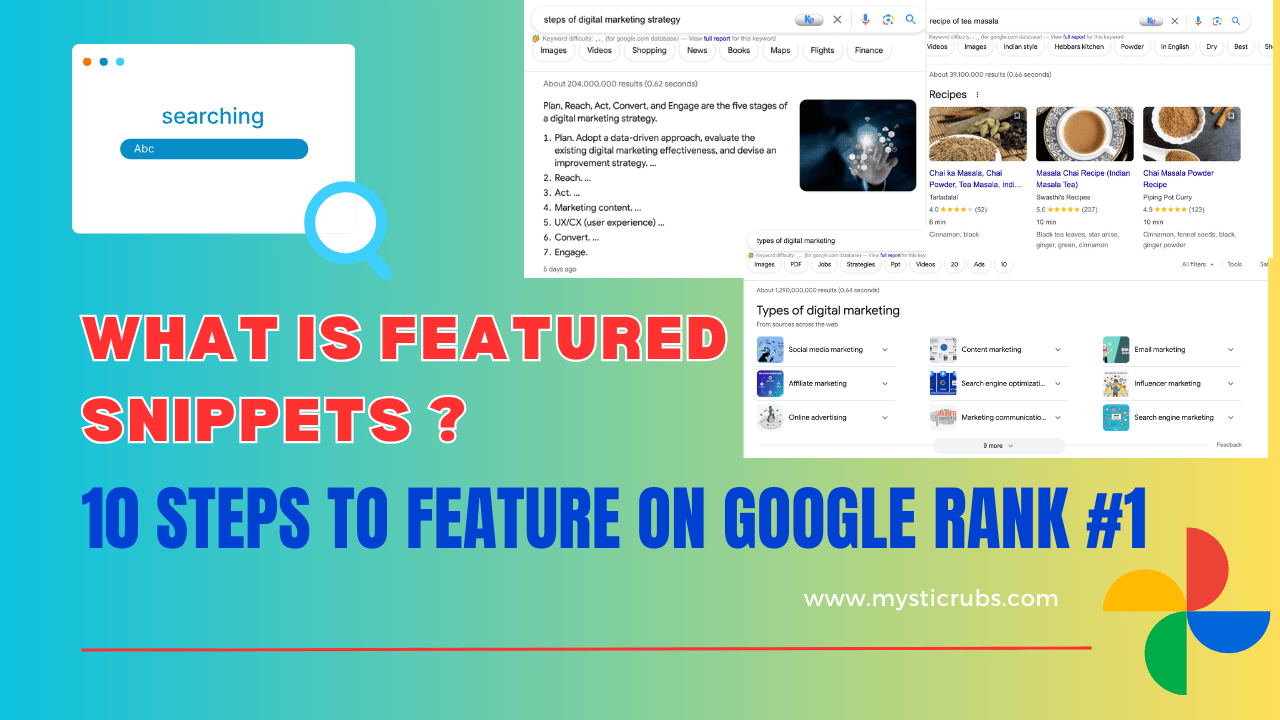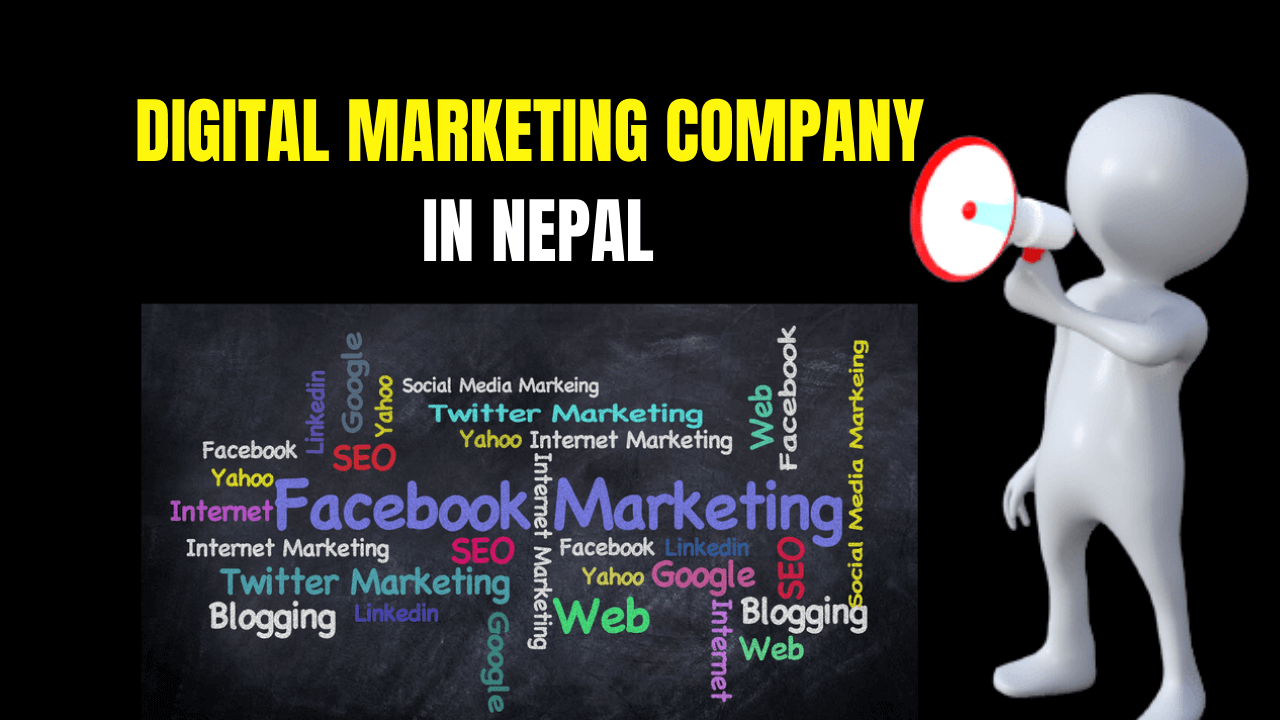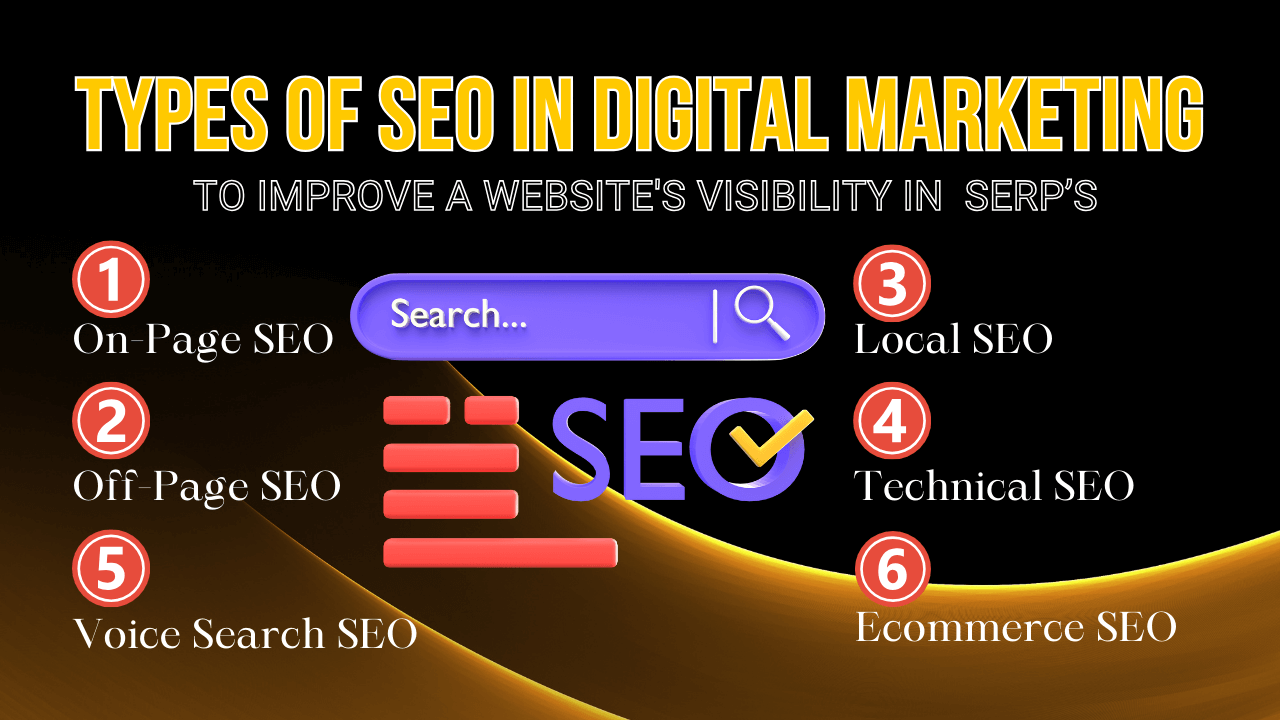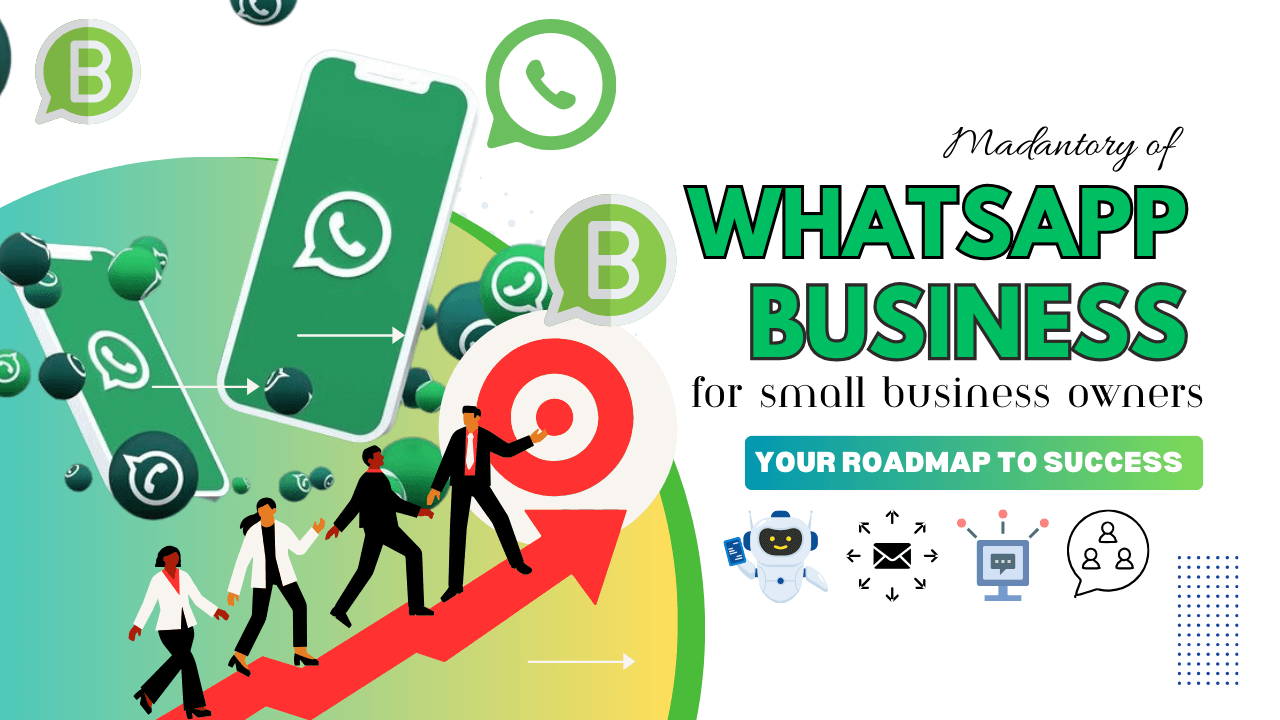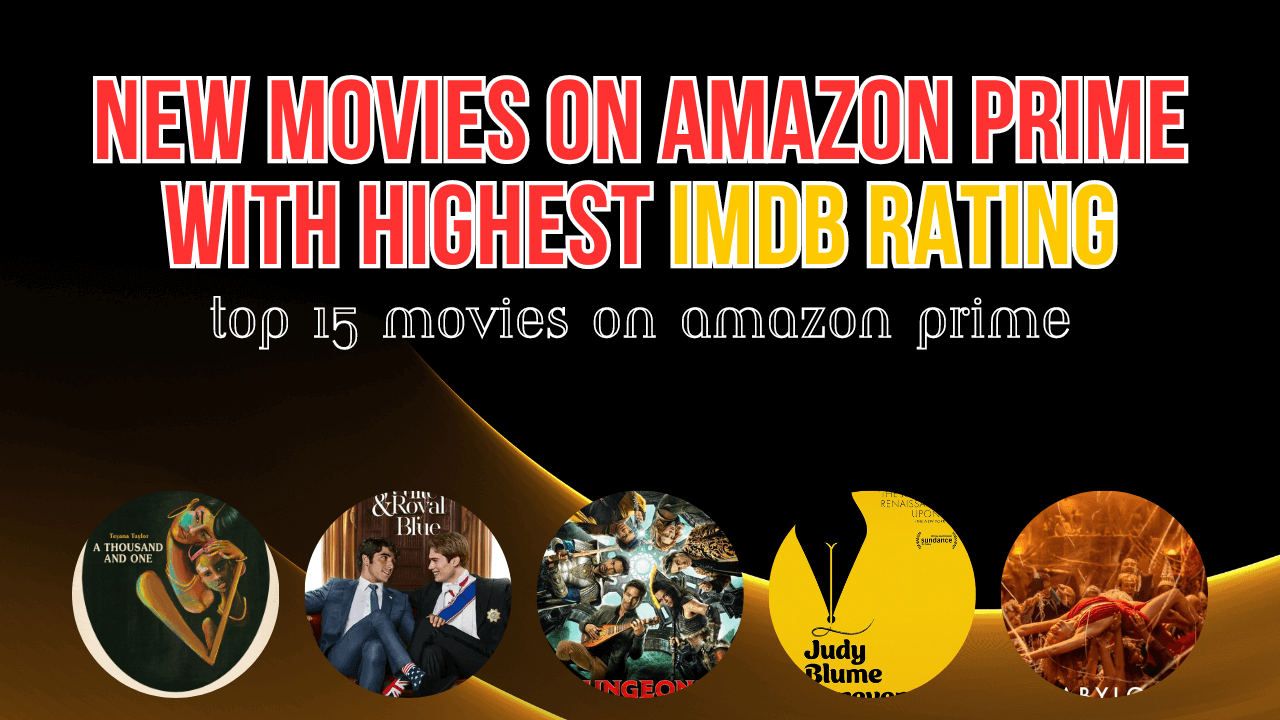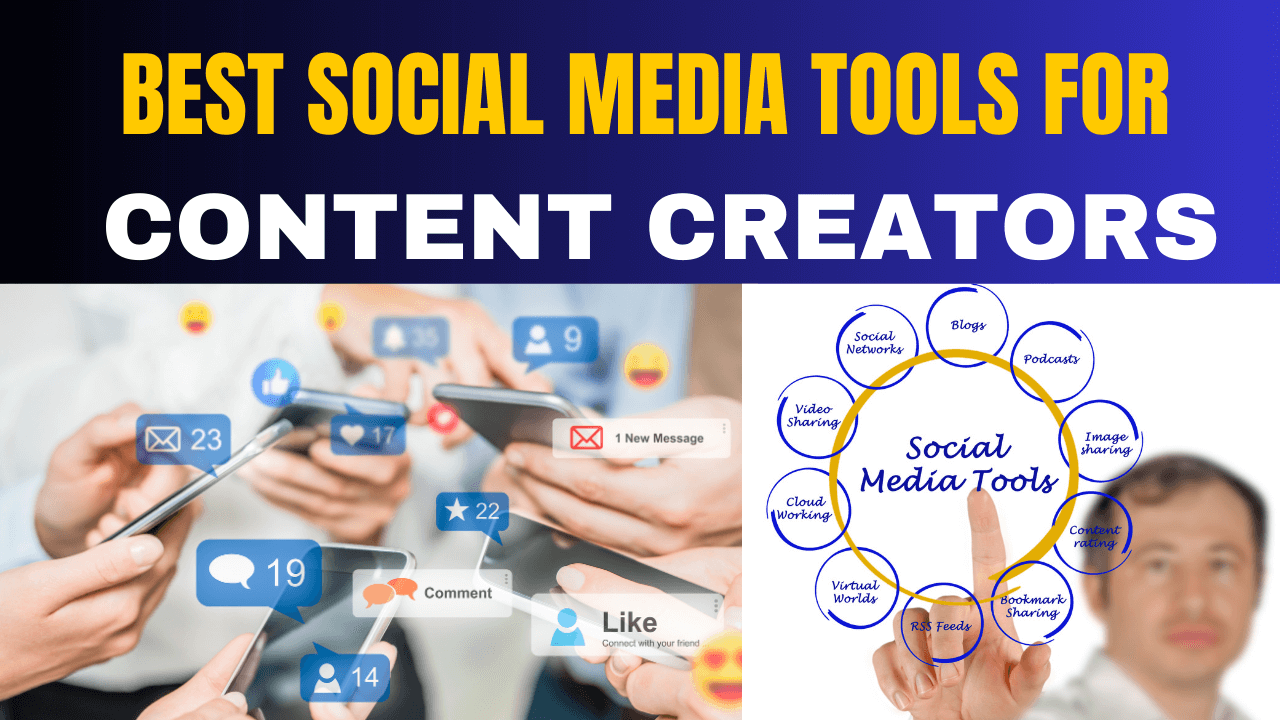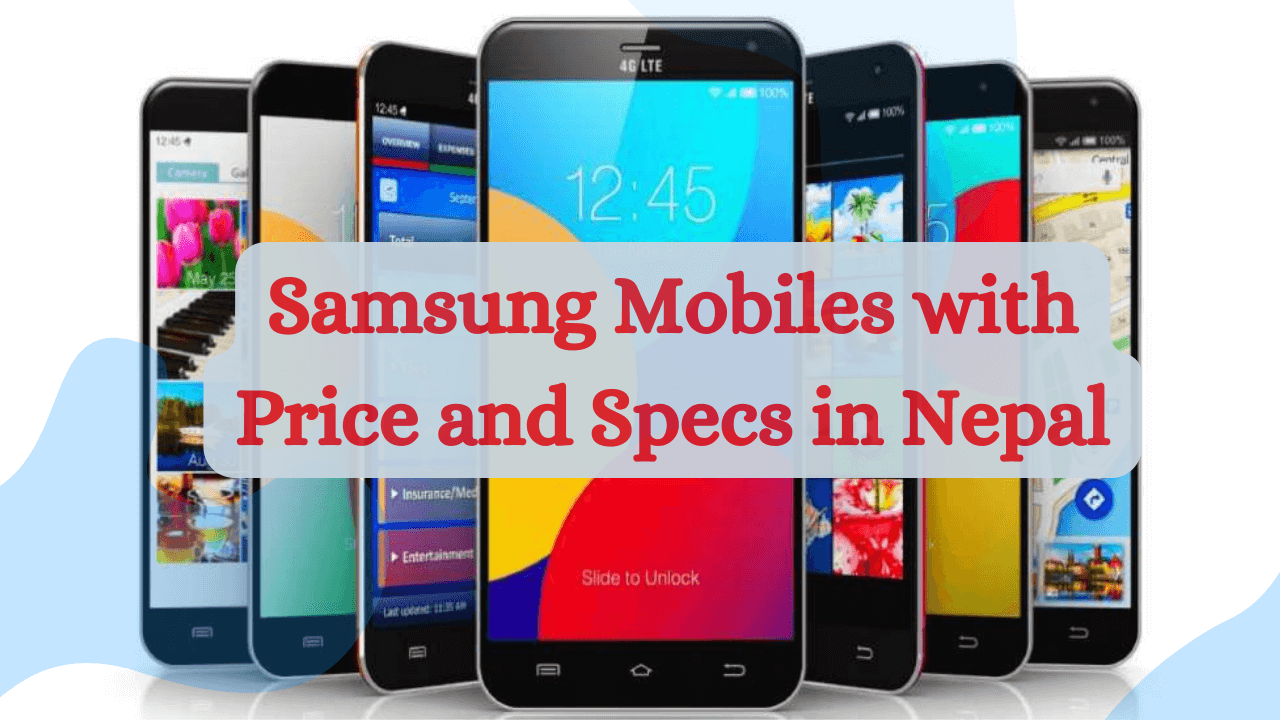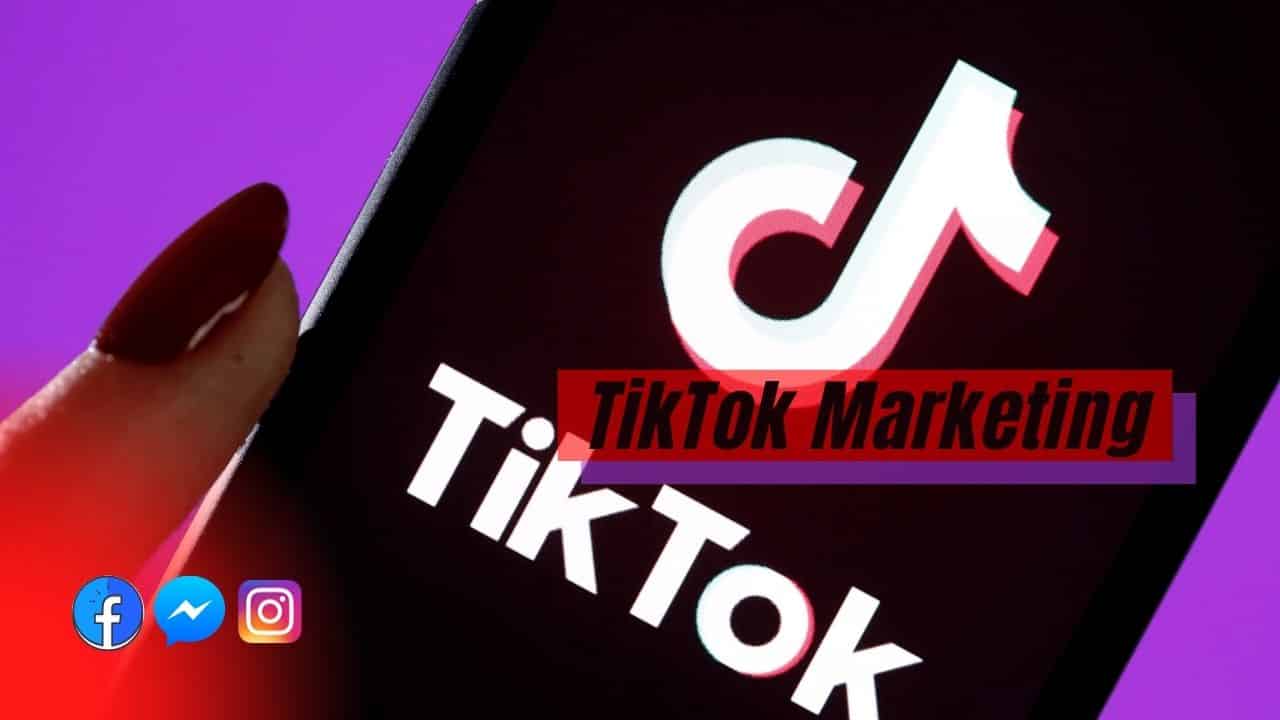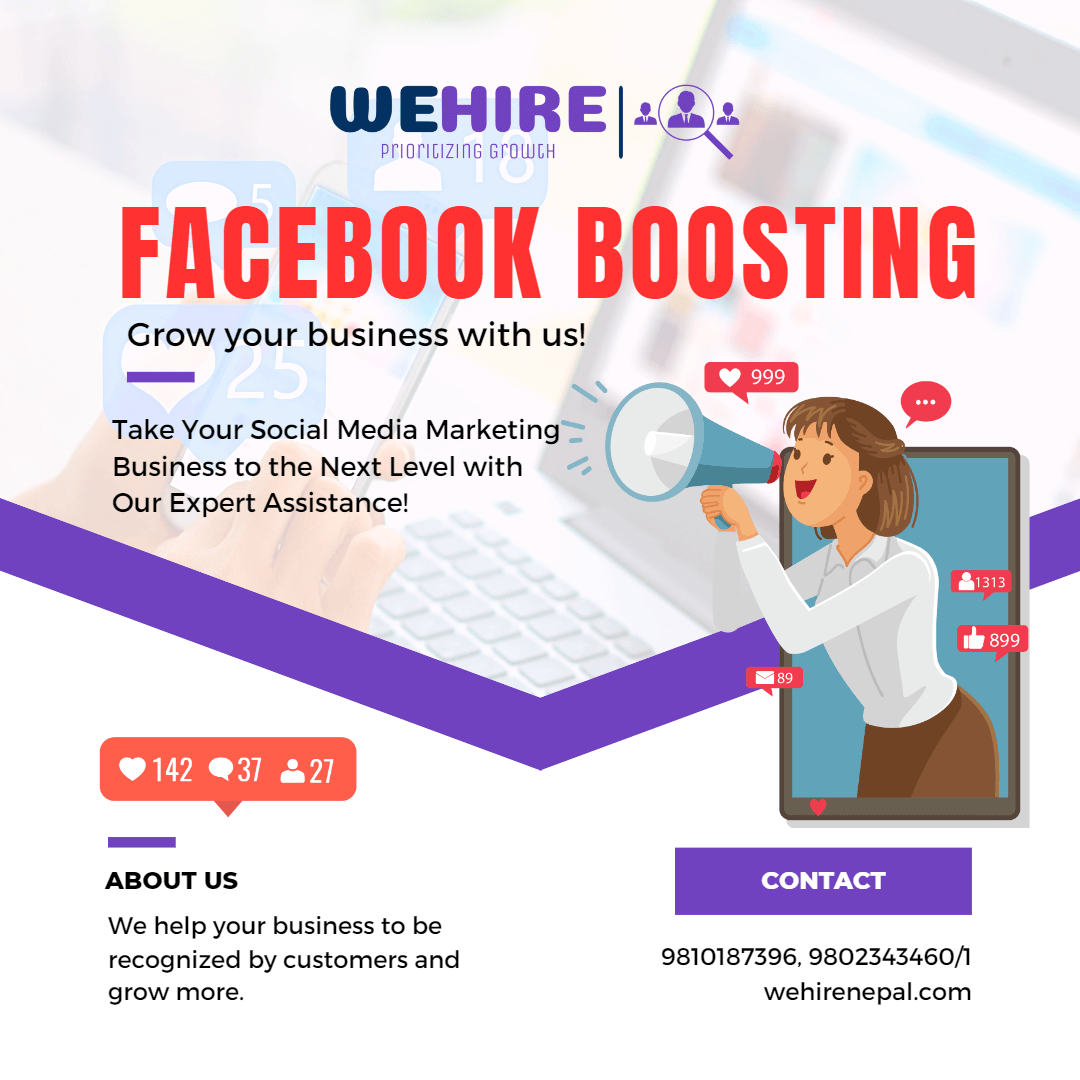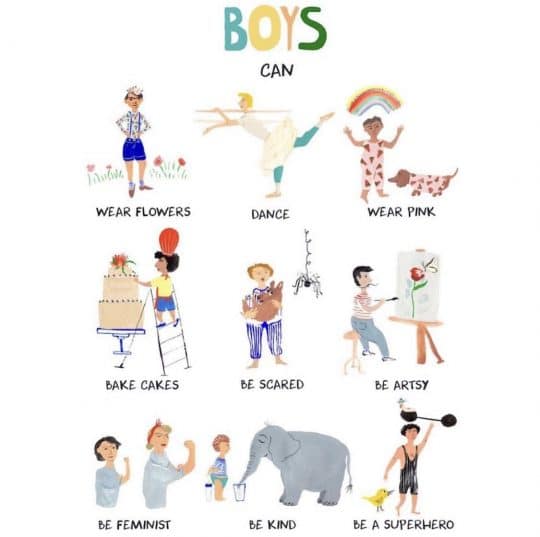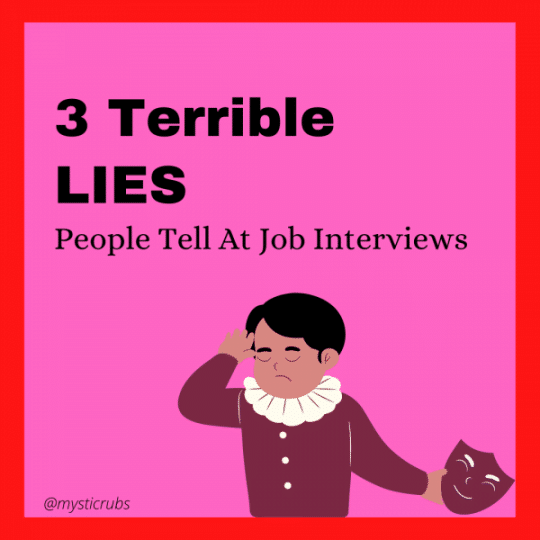Conquer Every Corner with 360 Digital Marketing Services
1 month agoHow do Google Adwords work? Mystery of Online Advertising
8 months ago -
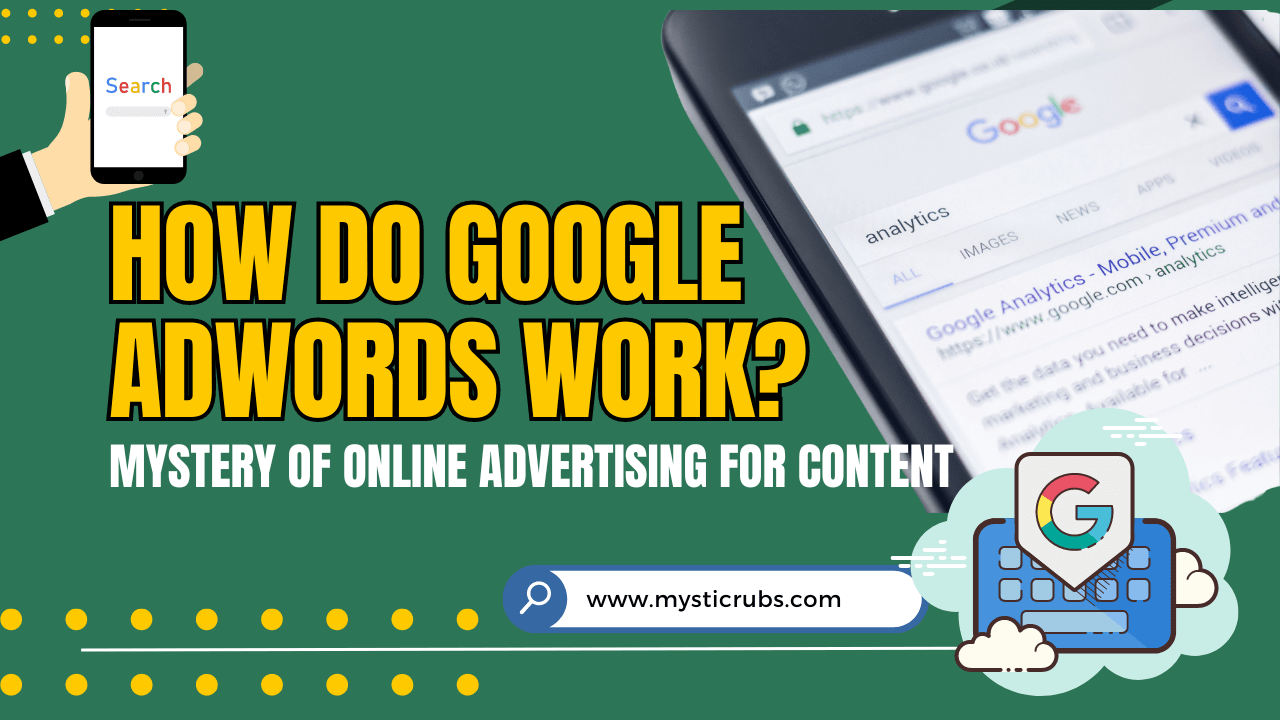
Welcome to the intriguing world of online advertising! In today’s digital age, promoting businesses and reaching target audiences has become easier and more effective than ever before. One such powerful tool is Google AdWords. If you find yourself wondering, “How do Google AdWords work?” – fear not, we’ve got you covered. Google AdWords is a sophisticated advertising platform that allows businesses to showcase their products or services on the Google search results page. With careful keyword selection and bid strategies, businesses can ensure their ads are visible to potential customers at the right time and in the right place.
By understanding the inner workings of Google AdWords, you can harness its potential to enhance your brand visibility and reach. If you’re ready to unlock the mystery of online advertising and discover the secrets to running successful AdWords campaigns, join us on this enlightening journey. In this article, we will delve into the mechanics of Google AdWords, explore the different ad types, decipher common terminology, and provide practical tips to help you navigate this captivating landscape of online advertising. So, let’s dive in and unravel the mysteries of Google AdWords together!
Article Outline
I. Introduction
II. The Basics of Google AdWords
III. Setting Up Your AdWords Campaign
IV. Ad Formats and Extensions
V. AdWords Targeting Options
VI. Monitoring and Analyzing Your Ad Performance
- Google Analytics Integration
- Key Performance Indicators (KPIs)
- Adjusting Your Campaign for Better Results
VII. AdWords Best Practices
VIII. Common Challenges and Solutions
IX. The Future of Google AdWords
X. Success Stories
XI. Common mistakes to avoid in Google Adwords
XII. Conclusion
What is Google AdWords?
Google AdWords is Google’s advertising platform that enables businesses to display ads on Google’s search engine results page (SERP) and other partner sites. It operates on a pay-per-click (PPC) model, meaning advertisers only pay when users click on their ads.
How do Google AdWords Work?
Before delving into the mechanics of Google AdWords, it’s crucial to understand why this knowledge matters. A solid grasp of AdWords functionality empowers businesses to optimize their advertising efforts, increase visibility, and maximize returns on investment. Understanding how do Google AdWords work is pivotal for businesses looking to harness the power of online advertising effectively.
AdWords Auction System: At the core of Google AdWords is an auction system where advertisers bid on keywords relevant to their business. The winner of the auction gets their ad displayed to users searching for those keywords.
Keywords and Ad Placement: Choosing the right keywords is paramount. Advertisers must align their chosen keywords with user search queries to ensure their ads appear in relevant search results. Ad placement is determined by a combination of bid amount and ad quality.
Quality Score and Ad Rank: Quality Score, a metric assigned by Google, evaluates the relevance and quality of an ad. Ad Rank is the position of an ad on the SERP, influenced by the bid, Quality Score, and expected impact of ad extensions.
How to Set Up a Effective Google AdWords Campaign?
In this step-by-step guide, we’ll navigate the process of setting up a Google AdWords campaign for optimal results:
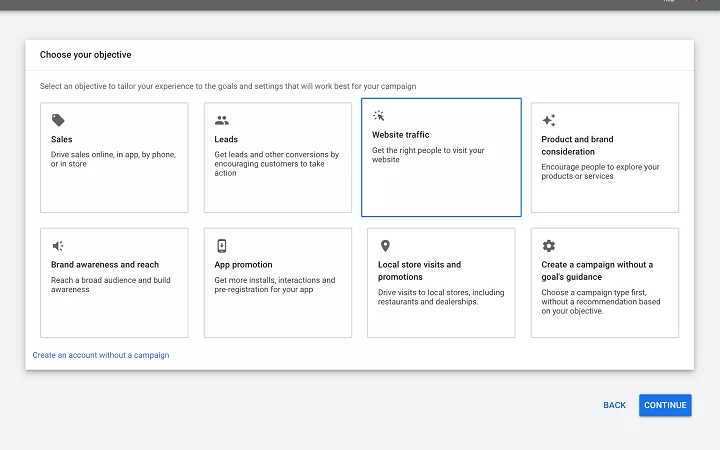
- Create a Google Ads Account: The first step is to create a Google Ads account. If you don’t have one, visit the Google Ads website and sign up. Existing Google account users can simply log in.
- Understand Your Advertising Goals: Define the objectives of your advertising campaign. Are you aiming to drive website traffic, increase sales, or generate leads? Clarifying your goals will guide the setup process.
- Set Your Budget: Determine the amount you’re willing to spend on your campaign daily. Google Ads provides flexibility, allowing you to set a budget that aligns with your advertising goals.
- Choose Your Campaign Type: Google Ads offers various campaign types, including Search, Display, Video, Shopping, and App. Select the type that best suits your business objectives. For beginners, a “Search” campaign is often a good starting point.
- Define Your Target Audience: Identify your target audience based on factors like location, age, gender, and interests. This ensures your ads reach the most relevant users, maximizing the impact of your campaign.
- Set Up Ad Groups: Organize your campaign into ad groups based on themes or categories. Each ad group should focus on a specific set of keywords related to the products or services you’re promoting.
- Choose Keywords: Select relevant keywords that users are likely to search for. Use Google’s Keyword Planner to identify high-performing keywords with substantial search volume.
- Create Compelling Ad Copy: Craft engaging ad copy for your text ads. Ensure your headline is attention-grabbing, and the description communicates the value proposition of your products or services clearly.
- Design Ad Extensions: Enhance your ads with extensions. Sitelink extensions, callout extensions, and location extensions provide additional information and encourage user interaction.
- Set Bids and Budgets: Establish bidding strategies for your keywords. Decide whether you want to focus on clicks, impressions, or conversions. Set maximum bids for your keywords and allocate your budget across ad groups.
- Implement Conversion Tracking: Install conversion tracking to monitor the effectiveness of your campaign. This feature allows you to track actions such as form submissions or product purchases resulting from your ads.
- Review and Launch: Before launching your campaign, thoroughly review all settings, ad copy, and targeting options. Ensure that everything aligns with your goals and is free of errors.
- Monitor and Optimize: Once your campaign is live, regularly monitor its performance. Analyze key metrics like click-through rate (CTR), conversion rate, and return on ad spend (ROAS). Make adjustments to optimize performance based on your findings.
- A/B Testing: Experiment with different ad variations, keywords, and targeting options through A/B testing. This iterative process helps identify the most effective elements for your campaign.
To start advertising on Google, businesses need to create a Google Ads account. The process involves setting up a campaign, choosing ad formats, and defining campaign settings.
Ad formats and Extensions in Google Adwords
In the ever-evolving landscape of online advertising, capturing the attention of your target audience requires more than just a compelling message. Google AdWords, a pioneer in digital marketing, provides a diverse range of ad formats and extensions, empowering advertisers to deliver engaging content and drive meaningful interactions.
Text Ads: The Classic Communicator
Text ads are the backbone of Google AdWords, comprising a headline, description, and URL. Crafted with precision, these ads are concise yet impactful, delivering a clear message to potential customers. Effective text ads are key to enticing users to click and explore further.
Display Ads: Visual Storytelling at Its Best
Display ads take advertising to a visual realm, incorporating images and graphics. These eye-catching ads are showcased across the Google Display Network, ensuring businesses can convey their brand message in a visually appealing manner, capturing attention with compelling visuals.
App Promotion Ads: Driving App Downloads and Engagement
For businesses with mobile apps, app promotion ads are a game-changer. These ads are strategically placed across Google’s platforms, encouraging users to download and engage with the advertised app directly from the ad, simplifying the user journey.
Video Ads: Captivating Audiences with Moving Pictures
Video ads bring storytelling to life, allowing advertisers to convey their message through dynamic visuals. With the rise of video consumption, these ads are ideal for engaging audiences on YouTube and across the Google Display Network, creating a memorable brand experience.
Shopping Ads: Showcasing Products in a Shopper’s Paradise
Shopping ads cater to e-commerce businesses, presenting products directly within search results. Featuring product images, prices, and store information, these ads provide a convenient and visually appealing way for users to discover and purchase products.
Ad Extensions: Enhancing Ads with Additional Information
Ad extensions amplify the impact of ads by providing additional information to users. These extensions include:
- Sitelink Extensions: Direct users to specific pages on your website.
- Callout Extensions: Highlight unique selling points and special offers.
- Structured Snippet Extensions: Showcase specific aspects of products or services.
- Call Extensions: Include phone numbers for users to contact your business directly.
- Location Extensions: Display business locations and directions.
- Message Extensions: Allow users to send text messages directly to your business.
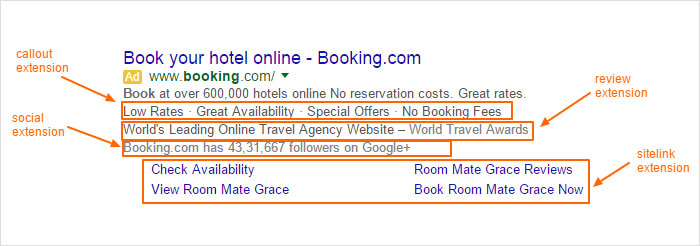
Promotion Extensions: Boosting Visibility with Special Offers
Promotion extensions enable advertisers to showcase special offers and discounts directly in their ads. This added incentive encourages users to click and explore, fostering a sense of urgency and driving conversions.
Showcase Shopping Ads: Curating Collections for Comprehensive Shopping
Showcase Shopping ads take shopping experiences to the next level by allowing advertisers to present a collection of related products. Users can browse through these curated collections, enhancing their shopping journey.
Responsive Search Ads: Dynamic Ads Tailored to User Intent
Responsive search ads adapt to various device sizes and user preferences. By providing multiple headlines and descriptions, these ads dynamically adjust to align with the user’s search intent, increasing the likelihood of a meaningful interaction.
Discovery Ads: Seamless Integration into User Experiences
Discovery ads seamlessly integrate into users’ browsing experiences across Google properties, such as Gmail and Discover. These visually rich and immersive ads are presented in a non-disruptive manner, encouraging user engagement.
In the dynamic realm of Google AdWords, leveraging a diverse range of ad formats and extensions is the key to creating impactful and engaging advertising campaigns. Whether through compelling text, visually stunning displays, or strategic extensions, advertisers can craft a tailored approach that resonates with their target audience, fostering meaningful interactions and driving results.
AdWords Targeting Options
Geographic Targeting
Businesses can target specific locations, ensuring ads are displayed to users in particular regions. This precision is especially beneficial for local businesses.
Demographic Targeting
Refining the target audience based on demographics like age, gender, and interests enables advertisers to tailor their message to specific user segments.
Remarketing – Reconnecting with Interested Users
Remarketing is a powerful tool that enables advertisers to show ads specifically to users who have previously interacted with their website. By staying top-of-mind, businesses can re-engage potential customers and encourage them to return and convert.
Interest-Based Targeting
Appealing to Specific Interests
Interest-based targeting focuses on users with specific interests or behaviors. Advertisers can align their ads with users who have demonstrated a particular affinity, ensuring a higher likelihood of engagement and conversion.
Keyword Targeting
Aligning with User Search Intent
Keyword targeting, fundamental to the AdWords auction system, involves bidding on specific keywords relevant to the business. This ensures that ads are displayed when users search for terms closely related to the advertiser’s products or services.
Placement Targeting
Strategic Ad Placement Across Websites
Placement targeting allows advertisers to choose specific websites or web pages where they want their ads to appear. This strategic approach ensures that ads are displayed in contexts that align with the target audience’s interests.
Time and Day Targeting
Optimizing for Peak Engagement Times
AdWords provides the option to schedule ads based on specific times and days. Advertisers can optimize their campaigns by displaying ads when their target audience is most active, increasing the chances of engagement.
Custom Intent Audiences
Crafting Tailored Audience Segments
Custom intent audiences enable advertisers to create audience segments based on specific keywords and URLs. This advanced targeting option allows for a more personalized approach, reaching users actively searching for related products or services.
Similar Audiences
Expanding Reach with Lookalike Audiences
Similar audiences leverage machine learning to identify users with behaviors and interests similar to an advertiser’s existing customers. This powerful tool expands reach by targeting users who are likely to be interested in the products or services offered.
Life Events Targeting
Capitalizing on Milestone Moments
Life events targeting allows advertisers to reach users experiencing significant life events, such as moving or getting married. This personalized approach enables businesses to align their offerings with users’ changing needs.
Affinity Audiences
Targeting Based on User Passions
Affinity audiences target users based on their long-term interests and passions. By aligning with users who have demonstrated a sustained interest in specific topics, advertisers can create more meaningful connections.
In-Market Audiences
Reaching Users Actively Shopping
In-market audiences target users who are actively researching and comparing products or services. This targeting option focuses on users in the consideration phase, increasing the likelihood of conversion.
Exclusion Targeting
Refining the Target Audience Further
Exclusion targeting allows advertisers to exclude specific demographics, interests, or placements from their target audience. This ensures that ads are displayed to the most relevant users, refining targeting for optimal results.
By strategically leveraging these options, businesses can optimize their campaigns, enhance engagement, and maximize the impact of their online advertising efforts.
Tracking and analyzing Google Adwords performance
Google Analytics Integration
Integrating Google Analytics provides valuable insights into user behavior, helping advertisers refine their strategies based on data-driven decisions.
Key Performance Indicators (KPIs)
Monitoring KPIs such as click-through rate (CTR), conversion rate, and cost per click (CPC) is essential for assessing the success of an AdWords campaign.
Adjusting Your Campaign for Better Results
Regularly reviewing performance metrics allows advertisers to make informed adjustments, optimizing campaigns for better results over time.
How Google Adwords Auctions Work ?
At the heart of Google AdWords lies an auction-based system that determines the placement of ads on Google’s search engine results pages (SERPs). When a user initiates a search, an instantaneous auction takes place, considering various factors to determine which ads are displayed and in what order.
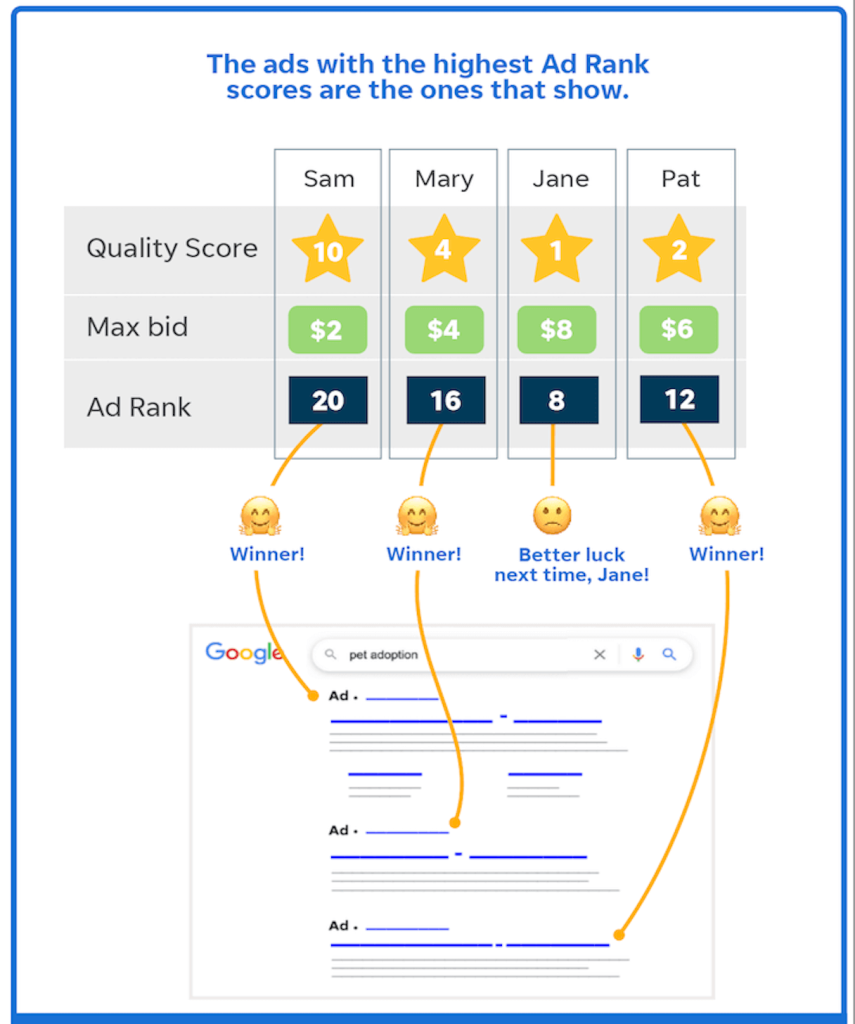
A. Ad Rank Calculation
Ad Rank, a key factor in the auction system, is calculated using the bid amount, Quality Score, and ad format impact. The ad with the highest Ad Rank wins the auction and gets displayed prominently on the SERP.
B. Bid Amount
Advertisers set a bid amount, indicating the maximum they are willing to pay for a click on their ad. While a higher bid increases the chances of winning the auction, it is not the sole determinant.
C. Quality Score
Quality Score evaluates the relevance and quality of an ad based on factors like click-through rate (CTR), ad relevance, and landing page experience. A higher Quality Score positively influences ad rank.
Keywords and Ad Triggers
Maximize Your Seo Strategy 100% with Top 10 Free Keyword Tools
A. Keyword Selection
Advertisers choose specific keywords relevant to their products or services. These keywords act as triggers, prompting the display of their ads when users search for related terms.
B. Match Types
Google AdWords offers different keyword match types, including broad match, phrase match, and exact match. Each type determines how closely a user’s search must match the selected keyword for the ad to appear.
Bidding Strategies
A. Cost Per Click (CPC)
In CPC bidding, advertisers pay when a user clicks on their ad. It is a flexible and widely used bidding strategy.
B. Cost Per Mille (CPM)
CPM bidding involves paying for every 1,000 impressions. This strategy is suitable for campaigns focused on brand visibility.
C. Cost Per Acquisition (CPA)
CPA bidding optimizes for conversions, allowing advertisers to set a target cost for each acquisition.
Optimizing Google Adwords campaigns for better results
Google AdWords provides tools for monitoring and optimizing campaign performance.
1. Google Analytics Integration
Integration with Google Analytics offers insights into user behavior, facilitating data-driven decisions.
2. Key Performance Indicators (KPIs)
Monitoring KPIs such as click-through rate (CTR), conversion rate, and return on ad spend (ROAS) guides optimization efforts.
3. Refine Keyword Strategy
- Negative Keywords: Identify and add negative keywords to exclude irrelevant searches, ensuring your ads are shown to a more targeted audience.
- Long-Tail Keywords: Incorporate specific, long-tail keywords to capture users with highly focused search intent, improving the quality of traffic.
4. Ad Copywriting Tips
Crafting compelling ad copy involves creating clear, concise, and persuasive messages that resonate with the target audience. Top 10 ChatGPT Prompts That Transform Your Content Marketing Strategy!
5. Utilize A/B Testing
A/B testing involves experimenting with different ad elements to identify what resonates best with the audience, leading to improved performance. Experiment with different ad variations, headlines, descriptions, and visuals through A/B testing. This iterative process helps identify what resonates best with your audience and improves overall campaign performance.
6. Landing Page Optimization
The user’s journey doesn’t end with the click. Optimizing landing pages ensures a seamless transition from ad to conversion, enhancing the user experience.
7. Mobile Optimization
Given the prevalence of mobile users, ensure your campaigns are optimized for mobile devices. Responsive design, mobile-friendly landing pages, and specific mobile bid adjustments contribute to a seamless mobile user experience.
8. Monitor Competitor Activity
Regularly assess competitor strategies. Understand what works in your industry and adapt your campaigns accordingly to maintain a competitive edge.
9. Embrace Smart Bidding Strategies
Explore Google’s automated bidding options, such as Target CPA (Cost Per Acquisition) or Target ROAS (Return On Ad Spend). These algorithms leverage machine learning to optimize bids for better performance.
10. Stay Informed About Google Updates
Google frequently updates its algorithms and features. Stay informed about these changes and adapt your strategies to leverage new opportunities and remain compliant with Google’s best practices.
Common Challenges and Solutions
Click Fraud
Click fraud, a malicious practice where competitors or bots click on ads with the intent to deplete budgets, can be mitigated through monitoring and reporting.
Ad Disapprovals
Ad disapprovals can occur due to policy violations. Advertisers must stay informed about Google’s advertising policies to avoid disruptions.
Low Quality Score
Improving the quality of ads through relevant content, keywords, and user experience can boost the Quality Score, positively impacting ad rank.
Common mistakes to avoid in Google Adwords
Success in Google AdWords requires strategic planning, continuous monitoring, and adaptability. By steering clear of these common mistakes, advertisers can optimize their campaigns, maximize ROI, and navigate the intricate landscape of online advertising with confidence.
1. Neglecting Keyword Research
The Mistake: Failing to conduct thorough keyword research.
Why It Matters: Keywords are the foundation of AdWords campaigns. Without relevant and well-researched keywords, your ads may not reach the intended audience.
Avoidance Strategy: Invest time in comprehensive keyword research using tools like Google’s Keyword Planner. Identify high-performing keywords that align with your business goals.
2. Ignoring Negative Keywords
The Mistake: Neglecting negative keywords in campaign settings.
Why It Matters: Without negative keywords, your ads might appear for irrelevant searches, leading to wasted ad spend on unqualified clicks.
Avoidance Strategy: Regularly review search terms triggering your ads and add irrelevant terms as negative keywords to refine targeting.
3. Overlooking Ad Extensions
The Mistake: Underutilizing or neglecting ad extensions.
Why It Matters: Ad extensions enhance ad visibility and provide additional information, increasing the chances of engagement.
Avoidance Strategy: Leverage various ad extensions like sitelinks, callouts, and location extensions to enrich your ad content and improve user experience.
4. Neglecting Mobile Optimization
The Mistake: Not optimizing campaigns for mobile users.
Why It Matters: With the increasing use of mobile devices, neglecting mobile optimization can lead to a poor user experience and missed opportunities.
Avoidance Strategy: Ensure your campaigns are mobile-friendly, with responsive design, fast-loading pages, and mobile-specific ad creatives.
5. Setting and Forgetting
The Mistake: Failing to monitor and adjust campaigns regularly.
Why It Matters: Ad performance can change over time. Neglecting regular monitoring can result in missed optimization opportunities and wasted budget.
Avoidance Strategy: Set aside time for regular campaign reviews. Monitor key metrics and make adjustments based on performance trends and changes in your business landscape.
6. Ignoring Quality Score
The Mistake: Disregarding the importance of Quality Score.
Why It Matters: Quality Score affects ad rank and costs. Ignoring it can result in lower visibility and higher CPC.
Avoidance Strategy: Prioritize improving Quality Score by focusing on ad relevance, landing page experience, and click-through rate (CTR).
7. Neglecting Conversion Tracking
The Mistake: Not implementing conversion tracking.
Why It Matters: Without conversion tracking, it’s challenging to measure the success of your campaigns and understand the actions users take after clicking on your ads.
Avoidance Strategy: Set up conversion tracking to monitor key actions, such as form submissions or purchases, and gain insights into campaign effectiveness.
8. Ignoring Ad Schedule Adjustments
The Mistake: Neglecting the timing of ad displays.
Why It Matters: Different times of the day or days of the week may yield varying levels of user engagement. Ignoring this can result in inefficient budget allocation.
Avoidance Strategy: Analyze performance data to identify peak times and schedule ad displays accordingly for optimal results.
9. Disregarding Competitor Analysis
The Mistake: Overlooking competitor strategies.
Why It Matters: Understanding competitor approaches provides valuable insights and helps refine your own strategies for a competitive edge.
Avoidance Strategy: Regularly assess competitor campaigns, identify successful tactics, and adapt your strategies accordingly.
10. Setting Unrealistic Bids
The Mistake: Setting bids that are too low or too high without proper consideration.
Why It Matters: Unrealistic bids can affect ad visibility and campaign performance.
Avoidance Strategy: Conduct thorough bid analysis, consider industry benchmarks, and set bids that align with your budget and goals.
The Future of Google AdWords
Evolving Trends
As technology advances, so does online advertising. Keeping an eye on emerging trends ensures businesses stay ahead of the curve.
Current State of Google AdWords and AI
- Harnessing AI for Efficiency: Google AdWords, in its current state, already incorporates AI to enhance advertising efficiency. Automated bidding, smart targeting, and ad optimization are just a few examples of how AI streamlines campaign management.
- The Role of Machine Learning: Machine learning algorithms analyze vast amounts of data, learning and adapting to user behavior. This enables AdWords to deliver more personalized and relevant ads, ultimately improving the user experience.
New Features and Innovations
Google consistently introduces new features and innovations. Advertisers should explore and leverage these tools to stay competitive.
The Evolution of Ad Formats with AI
- Dynamic Ads: AI-powered dynamic ads automatically tailor content based on user preferences and behavior. This dynamic approach ensures that ads remain engaging and pertinent to individual users.
- Video and Image Recognition: Advancements in AI facilitate better video and image recognition, allowing advertisers to create more compelling visual content that resonates with their target audience.
The Rise of Voice Search and AI
- Voice-Activated Ads: As voice search gains prominence, AI will play a crucial role in adapting advertising strategies to accommodate this shift. Voice-activated ads tailored to conversational queries will become more prevalent.
- Natural Language Processing: Advancements in natural language processing will enable AI to understand and respond to complex user queries, ensuring that ads align seamlessly with the way users communicate.
The Future Impact on Advertisers
- Increased Efficiency and ROI: AI’s role in Google AdWords is poised to revolutionize how advertisers operate, leading to increased efficiency, better targeting, and improved return on investment (ROI).
- Skillset Evolution: Advertisers will need to adapt and acquire skills in understanding and leveraging AI tools. The ability to interpret AI-driven insights will become a valuable asset in creating successful campaigns.
Automation and Enhanced Campaign Management
- Smart Campaigns: The future of Google AdWords lies in more automated and intelligent campaign management. Smart campaigns, guided by AI, will optimize various parameters, such as bidding strategies and budget allocation, in real-time.
- Enhanced Ad Copywriting: AI-driven tools will assist advertisers in crafting compelling ad copy by analyzing successful language patterns and adapting to current market trends.
Success Stories
Case Studies of Successful AdWords Campaigns
Highlighting real-world success stories demonstrates the effectiveness of Google AdWords when implemented strategically.
Conclusion
Recap of Key Points
- Understanding how Google AdWords works is foundational for successful online advertising.
- From keyword selection to ad formats and targeting options, each element plays a crucial role.
Encouragement to Explore Google AdWords
For businesses yet to dive into the world of Google AdWords, now is the time. With the right strategy and continuous optimization, the possibilities for reaching and engaging the target audience are vast.
FAQs
How will AI affect small businesses using Google AdWords?
AI in Google AdWords can benefit small businesses by automating tasks, optimizing campaigns, and improving targeting, making online advertising more accessible and effective.
Are there risks associated with AI in advertising?
While AI brings numerous benefits, risks include potential biases, privacy concerns, and the need for responsible data use. Advertisers must navigate these challenges ethically.
Can AI completely replace human creativity in ad creation?
AI enhances creativity but doesn’t replace human intuition and creativity. The collaboration of AI tools and human creativity often results in the most compelling ad content.
How can businesses prepare for the integration of AI in Google AdWords?
Businesses should stay informed about AI developments, invest in employee training, and work with professionals familiar with AI tools to harness their full potential.
What role will AI play in combating click fraud in the future?
AI can play a crucial role in identifying patterns associated with click fraud, enabling more efficient detection and prevention measures to safeguard advertising budgets.
